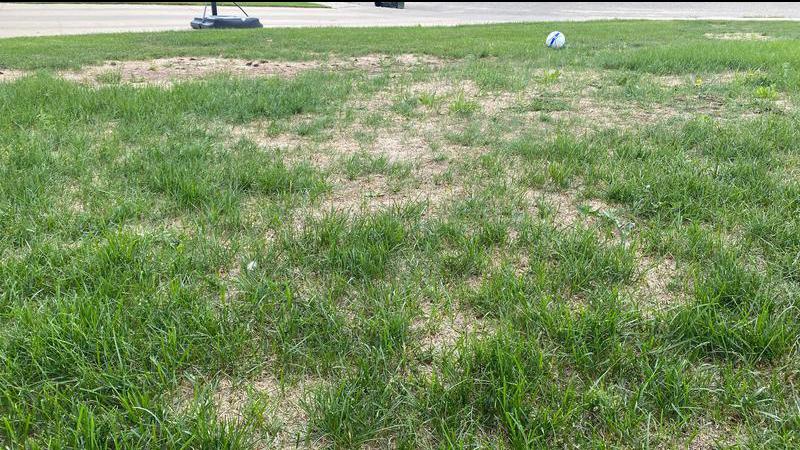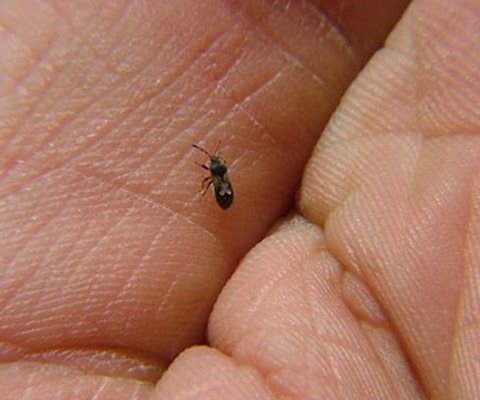
Dry patches in lawn may be chinch bugs, not drought
A pesky insect appears to be marking more and more territory on residential lawns.
Chinch bugs feed off the grass and then kill it by injecting a toxin, leaving behind dead patches of grass in what was otherwise a healthy lawn.
Dwayne Nyholt, owner of Weed Man Prince Albert said his company has been responding to about 25 percent more calls this year for chinch bug complaints and its still early in the season.
“I would say they are also by far the majority of calls we get. There are a lot of ants, but the chinch bugs are by far more prevalent in the lawn,” said Nyholt. “The last few years, they’ve been getting worse.”



